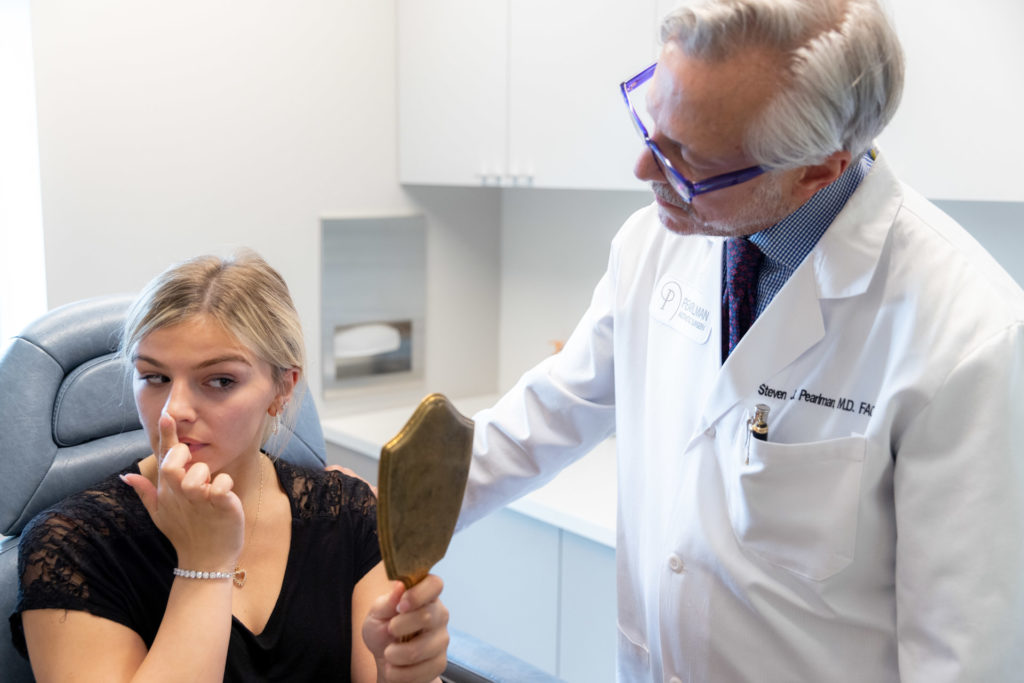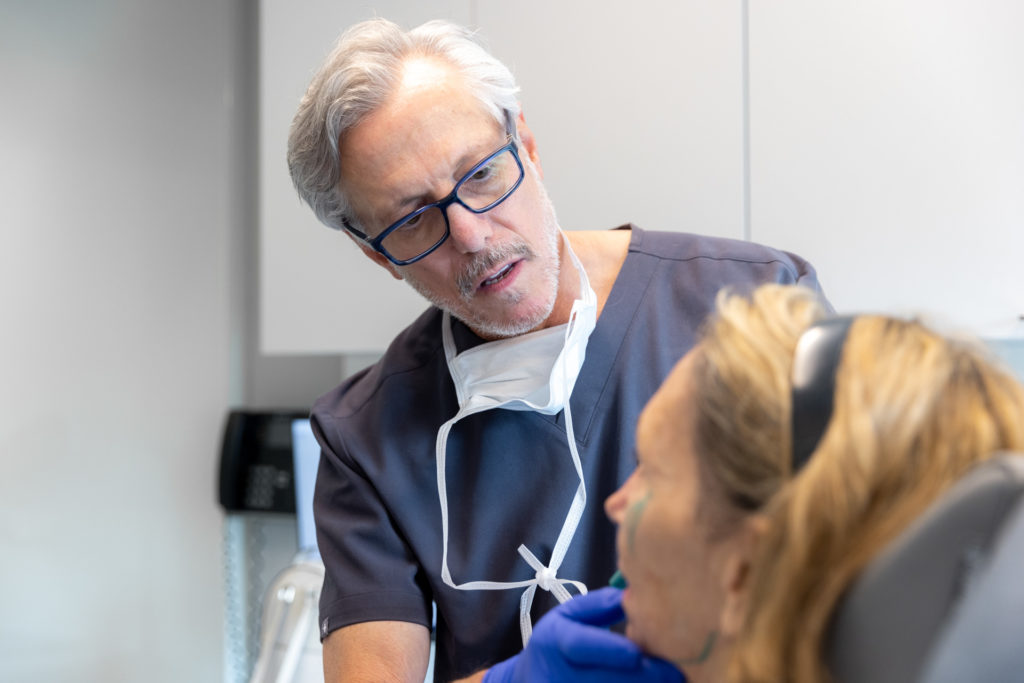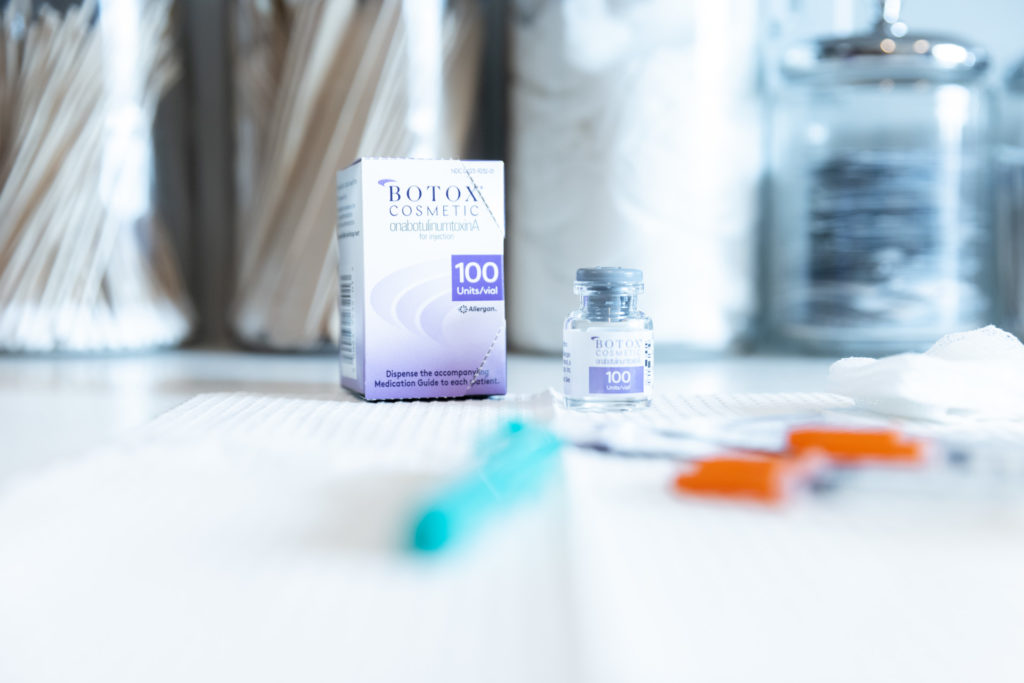
In every operation, no matter how small, there’s always swelling of the surrounding area of the surgical site. The amount of swelling will vary from person to person. It could be greater if both the inside and outside of the nose have been operated on, or in patients who have undergone surgery to improve the breathing function of their nose. Here’s how to keep the swelling down after a rhinoplasty.
- Keep your head elevated or upright as much as possible after surgery. Sleep with the head elevated for at least two weeks following surgery.
- When resting, put a cold compress over the nose and mid-facial areas. Cold compresses are only effective for swelling during the first 48 hours after surgery. After that, a cold compress can be used to relieve discomfort. Make sure when you are doing this that the compress is not wet.
- Avoid bending over or lifting heavy things for two weeks. Bending over can aggravate the swelling as well as raise blood pressure and increase the chance of hemorrhage.
- Avoid hitting or bumping the nose.
- Avoid getting excess sun exposure on the face for four months; this will reduce the risk of hyper-pigmentation. Ordinary exposure is fine as it’s not harmful as long as you use a sunscreen with SPF 30. During the summer, sunscreen should be reapplied to the nose every two hours to avoid burning.
- When drying your hair, use only a hand-held blow dryer. Sitting under an overhead dryer commonly used at hair salons should be avoided for at least two weeks.
- Don’t get the nasal dressings wet. If the tape does become wet, just pat it dry. Normally it won’t come off. If the bandage becomes loose, notify your doctor.
- This one’s tough, but try to avoid sniffing for the first week following surgery. Sniffing will not relieve the sensation of blockage most people feel. It will, however, aggravate this sensation, because suction created on the inside will cause more swelling.
- Patients should not blow their nose for two weeks after surgery or until instructed by the doctor to do so. The reason is this could cause bleeding. During the second week, patients may begin sniffing through the nose in the shower. Use a saline nasal spray, to help clear the nostrils.
- Avoid rubbing the nostrils or the base of the nose with tissues or a handkerchief. Not only will this aggravate the swelling, but it can cause infection, bleeding or dislodge the cartilage inside the nose. If discharge continues, a mustache dressing made of rolled gauze should be used instead.
- If there are dissolvable stitches at the base of the nose, clean them four times each day with hydrogen peroxide and apply Aquaphor over the stitches. The stitches on the inside of the nostrils must be kept moist with Aquaphor. Apply with a cotton-tipped swab after cleaning with hydrogen peroxide. This should help keep the stitches and crust soft and more comfortable.




